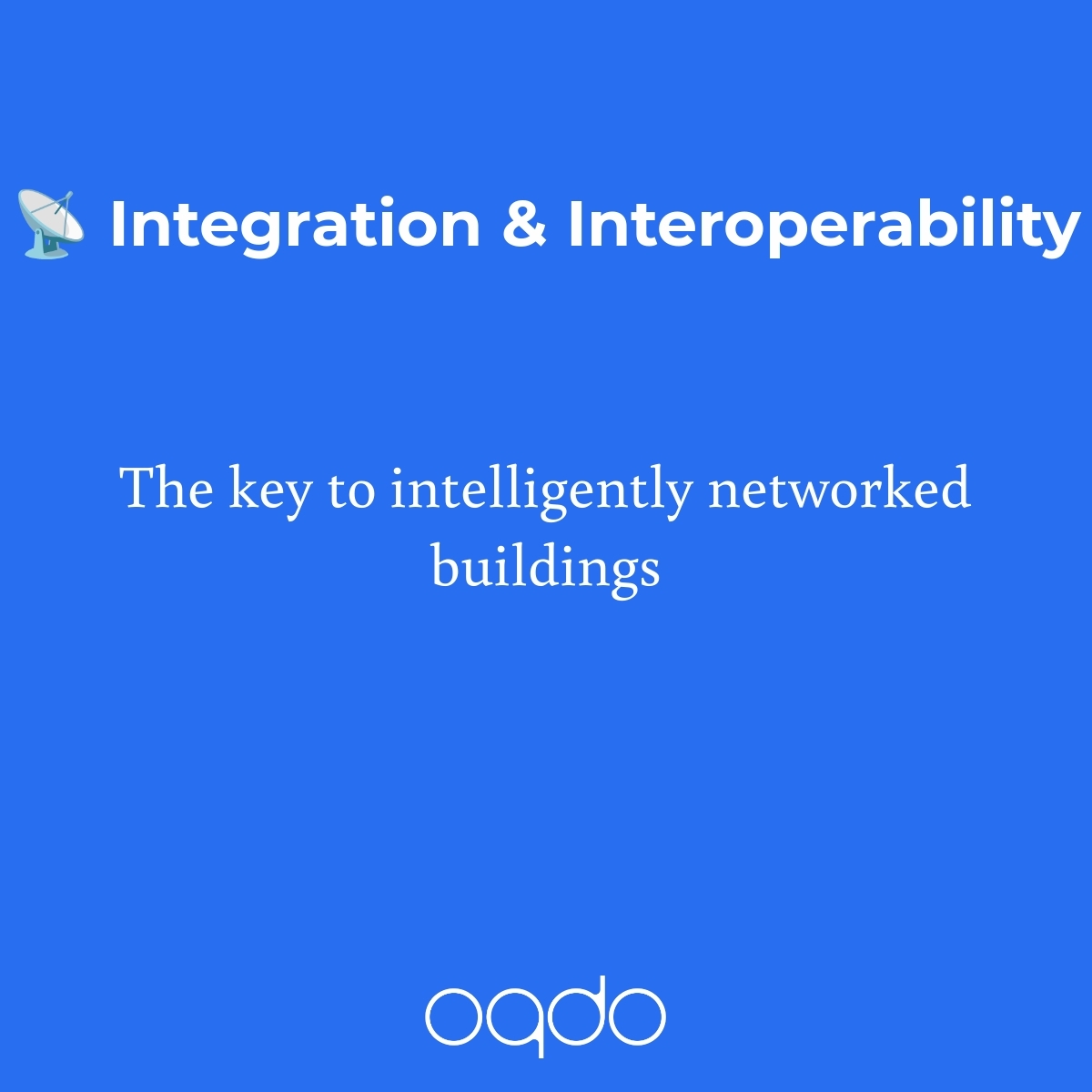Introduction
ESG (Environmental, Social, and Governance) criteria are becoming increasingly important in today's business world. They offer companies a structured way to achieve their sustainability goals while simultaneously fulfilling their social responsibility. Especially in facility management, where the ecological footprint is often significant, ESG criteria can pave the way to a greener and more efficient future.
Environmental
The environmental component of ESG criteria focuses on reducing a company's ecological footprint. For facility management companies, this means implementing energy-efficient systems, optimizing water consumption, and minimizing waste. Green technologies such as solar energy, smart lighting systems, and sustainable building materials play a central role in this.
Examples of environmental measures:
- Energy efficiency: Installation of LED lighting and energy-efficient HVAC systems.
- Water management: Use of rainwater collection systems and water-saving fixtures.
- Waste reduction: Implementation of recycling programs and use of recyclable materials.
Social
The social component of ESG criteria includes responsibility towards employees, customers, and the community. A sustainable facility management company promotes a safe and healthy work environment, supports local communities, and engages in social projects.
Examples of social measures:
- Employee well-being: Provision of ergonomic workstations and health programs.
- Community engagement: Supporting local environmental initiatives and educational programs.
- Customer satisfaction: Transparent communication and sustainable services.
Governance
The governance component of ESG criteria refers to corporate governance and ethics. A responsible facility management company ensures that its business practices are transparent, ethical, and sustainable. This includes compliance with regulations, promoting diversity and inclusion, and implementing anti-corruption measures.
Examples of governance measures:
- Transparency: Regular reporting on sustainability goals and progress.
- Diversity and Inclusion: Promoting a diverse and inclusive corporate culture.
- Ethics and Compliance: Implementing policies to combat corruption and unethical behavior.
Conclusion: The Role of Smart Building Platforms
A smart building platform can significantly support facility management companies in achieving their ESG goals. By integrating IoT technologies and data analytics, such a platform enables efficient monitoring and control of building systems. This leads to reduced energy consumption, optimized resource utilization, and improved working environments.
Benefits of a Smart Building Platform:
- Energy savings: Automated control of lighting and HVAC systems based on real-time data.
- Resource management: Precise monitoring and optimization of water and material consumption.
- Working environment: Improved air quality and temperature control for a healthy working environment.
By implementing a Smart Building Platform, facility management companies can not only achieve their sustainability goals but also save costs in the long term and increase their competitiveness. This makes ESG criteria an essential component of a modern and responsible corporate strategy.


